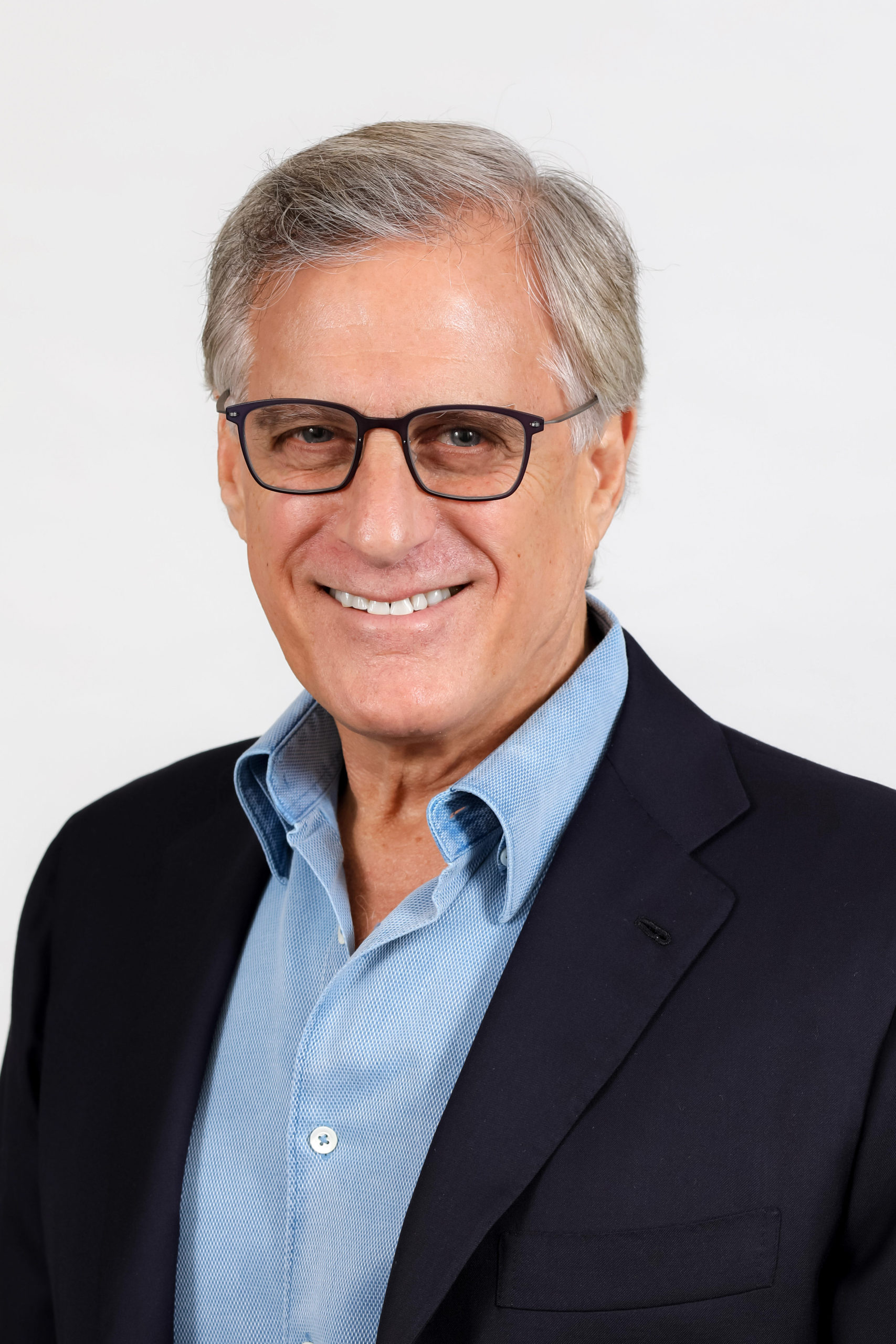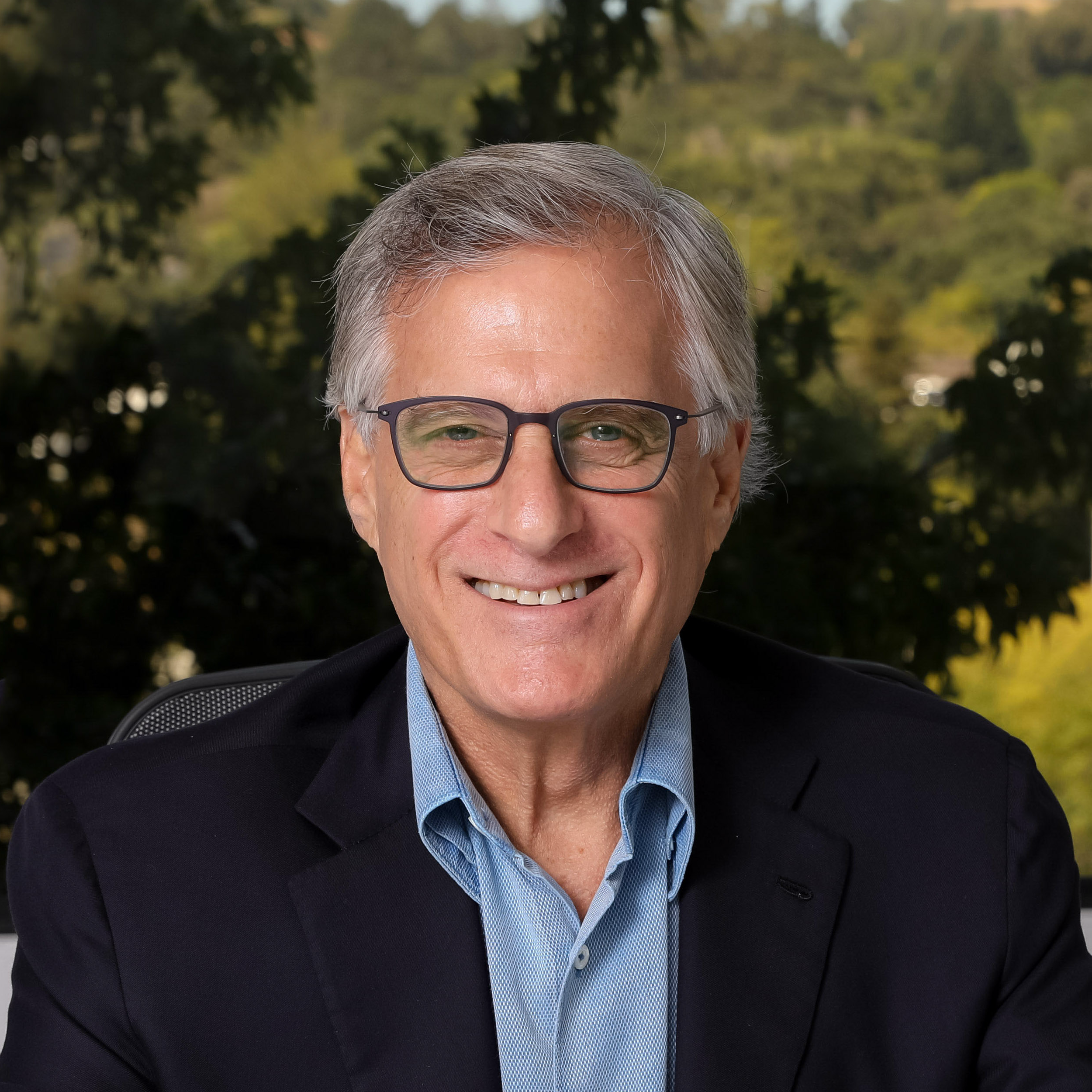Edge Executive Insight – Marty Sprinzen, CEO, Vantiq
 In the lead up to Edge Computing World, we’re taking some time to speak to key Executives from the leading companies supporting the show. Today we’re talking with Marty Sprinzen, CEO of Vantiq Inc.
In the lead up to Edge Computing World, we’re taking some time to speak to key Executives from the leading companies supporting the show. Today we’re talking with Marty Sprinzen, CEO of Vantiq Inc.
Hi Marty ! Vantiq is an enabler of smart environments – why is this important today and what part does edge computing play?
Several reasons. We knew then that the environment was going to be a big problem; actually it’s probably even bigger today than we realized, and we said that in order to get to carbon neutrality and to address the ramifications of it you need real-time systems. Our whole focus was to take what we did before at Forté and move it into real-time. This inherently means scalability and edge computing. For sustainability, you’ve got to have edge computing.
Based on Vantiq’s existing market experiences, which use cases have you seen driving the adoption of edge computing?
We deal mostly with product companies, what I mean by that is for example a customer in Korea is building a management system for batteries in vehicles, electronics in vehicles, very complex. You’ve got to manage the heating, how quickly they charge, if they’re about to catch on fire, and you want to extend the lifespan of it. We’re going to run every vehicle as an edge device. This means we’re going to actually run on a special chip, running in the vehicle, monitoring and operating the batteries, communicating over 5G networks, the MECs, or the clouds. This is clearly a sustainability play and it’s a product company. And so we’re into all of these use cases where we could help the world and become a huge company by helping these companies create products that they could sell over and over again. We see some of these companies, like the battery company, that are a ten billion dollar a year company today, growing to twenty-five billion by 2025. We’re going to get only thirty million a year out of it, but make them much more efficient and more competitive.
Would you say are enabling the software-ization of products?
Often that is the case. I’ll give you one example. One of our customers in Japan, Daikin, the number one air conditioning manufacturer in the world actually. They want to move to sell air as a service. Once they’re in the buildings, running on the edge, they could much more easily reduce energy utilization. Many of the companies we’re dealing with will sell services, but other companies will just add on to their products. We were just chosen to be the system to run intelligent water meters. So you have a water meter at home, what does it currently measure? Water flow. Well, it’s in a prime position to also measure PH, water quality- and shut it off if it’s bad – while also providing additional services. Imagine there’s an elderly person living in this house and the water is at level X and all of a sudden it drops to zero for the last day or two, Somebody can automatically be sent out to see if they’re ok. So it’s not a service, it’s taking an existing product, in this case water supply, and adding real-time systems on top of it. It’s enabling companies to move towards services, but also for product companies that already exist, enabling them to add real-time for the next generation of systems like that water company.
So where does the Vantiq platform run?
We run anywhere. We are totally distributed, the edge to us is as small as the example I gave with the vehicles or as large as some of the large MECs that these telcos are putting out there. We’re working with one of the largest telcos in the US to be the application development-deployment environment for their entire MEC network. As they deploy over the next couple of years various applications will be able to be run there. You may already be aware of this, but one of the biggest benefits of edge computing is human interaction. For example, a shopping cart company that’s in supermarkets is automating the entire shopping experience. It shows the layout of the store to guide you to where the sauce for the pasta you are making and automatically charges you once you place the item in your cart. So there’s a big use for edge computing, in my opinion.
What will be the impact of the edge on business?
That’s interesting, our world is going to require software running everywhere. Once you can get computing and software to run everywhere, it is going to change the way the whole world operates. With constraints, security, and more.
How do you see edge computing and distributed architectures evolving in the future?
Edge is a component of real-time systems, and the whole world is moving to real-time systems of which edge enables. When I present about the changes in the world and the driving forces like sustainability and some of the threats that are occurring such as fires I like to view it from a very high-level perspective. Edge computing software running everywhere is the way the world is going. You know, my whole point is, instead of using the word edge, I tend to include edge in a broader subject matter.
Everything is in real-time. But there are all these other concerns. What about reliability? We’re talking to another company about this really cool use case. Running in EAVs and swarms of EAVs all together with a designated leader. To do this you must have super reliability. You have to have a backup. It can’t lose its direction. So you have to have multiple processors on it. They follow each other. It’s very cool technology, but you’ve got to have much more than encryption on these systems. The edge enables you to achieve higher levels of reliability, scalability, and security when done correctly.
Thanks Marty ! We’ll look forward to hearing more from you at the show !!
Marty will be presenting his Keynote on “How Edge-Native Applications are Going to Change the World ” at Edge Computing World on October 14th.

